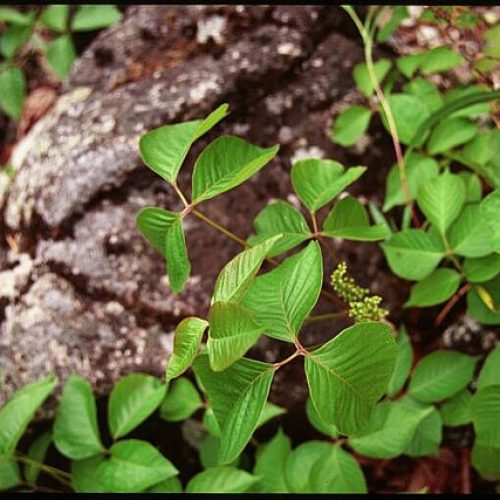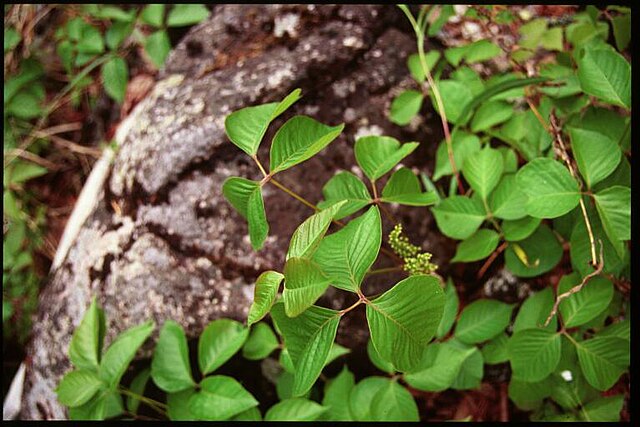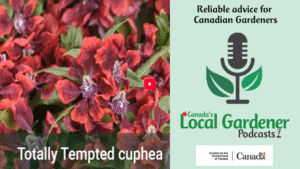10 Neat Things About Poison Ivy
1. We are family.
Poison ivy, poison oak and poison sumac are all in the genus Toxicodendron, which falls into the pistachio family of plants, or the Anacardiaceae. Many of the plants in this family produce urushiol, to which about 80 to 85 percent of the population are allergic. If you touch any of the Toxicodendron plants, you will (probably) break out into an itchy, sore rash a few hours later, which can then turn into blisters.

2. Kill it with fire!
No, don’t. While you probably want to get rid of any of these plants that are in areas where people go very often, don’t do it by burning. The urushiol gets volatized when it burns and, when you breathe it in, can do the same thing to your airways that it does to your skin. Get rid of it by wearing long sleeves, pants and gloves. Put it in garbage bags and send it to the dump or bury it where you won’t need to dig it up. Clean everything you used in the process: clothes, gloves, gardening tools, shoes, etc.
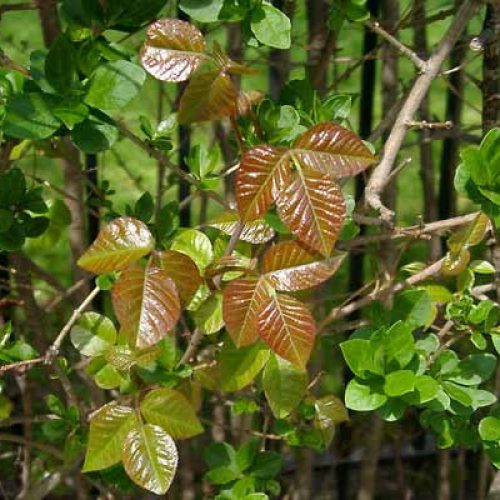
3. The compound is an oil.
It sticks to everything, and it takes a long, long time to neutralize. Dr. Susan Pell, a poison ivy expert who I interviewed for a Flora & Fauna podcast, says she’s seen people break out from handling dried poison ivy that was in a herbarium for decades.
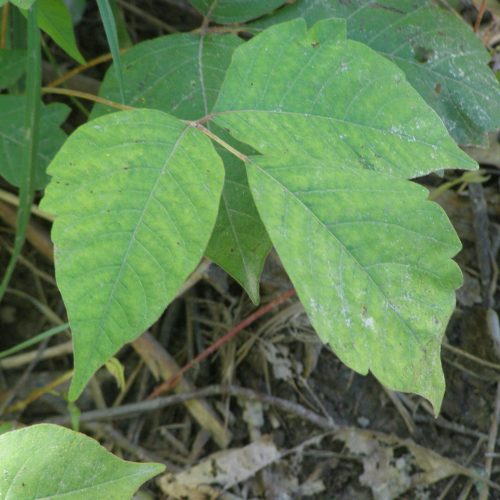
4. Cleaning it.
If you come into contact with any of the plants, you have a bit of time to wash it off and be unaffected. You can wash it off with ordinary soap, but don’t use hot water. The heat will make the urushiol disperse and end up further away from the point of contact. Clothes, on the other hand, should be cleaned in the hottest cycle they’ll take. Some websites recommend two laundry cycles, and some say to run an empty washer after that.

5. Leaves of three, let it be.
Poison ivy has “leaves of three”: a leaf is made up of three leaflets (or smaller leaves) on a stem. The shape of the leaf varies. There is a genus that occurs on a woody vine, and the vine gets pretty hairy. There is another species that is lower-growing and never gets viny. Poison oak also has leaves of three, but they’re shaped like oak leaves. It grows into a bush. And poison sumac has an odd number leaves on a leaflet, usually seven to 13; it looks like a sumac tree but the stems are red and the flowers and berries hang below the leaves, whereas with an actual sumac the fruit is borne above the leaves.
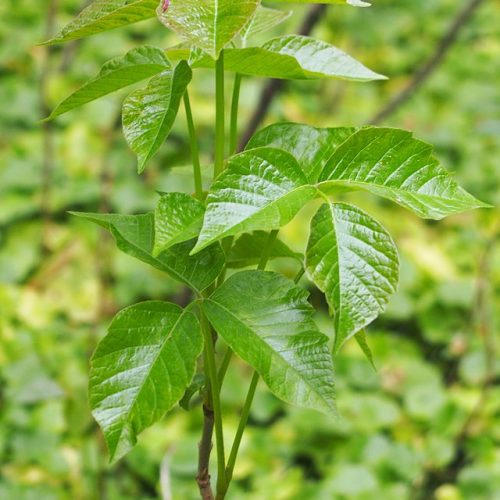
6. Dogs and cats.
Your pets won’t get a rash from poison ivy but they can carry the urushiol on their fur and you can get a rash from petting them. No other animals (except possibly some higher primates) are allergic to urushiol. In fact, many animals eat the leaves, including deer, and berries, including birds. One way to eradicate poison ivy from an area is to hire a herd of goats. They’ll eat it… and everything else in the area where you let them loose.
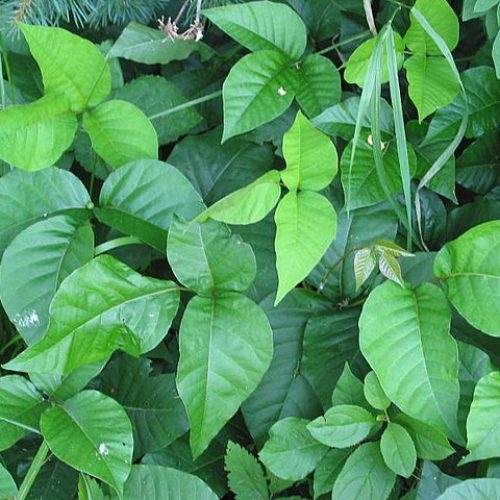
7. First time.
With allergens, the first contact with an offending object is usually not met with a reaction. The second and subsequent contacts is where your immune system goes into overdrive and makes you sick. This is true of poison ivy and its friends. After the second contact, your reaction may be the same or better or worse; your reaction can change over time. It is believed that the allergy diminishes in older age.
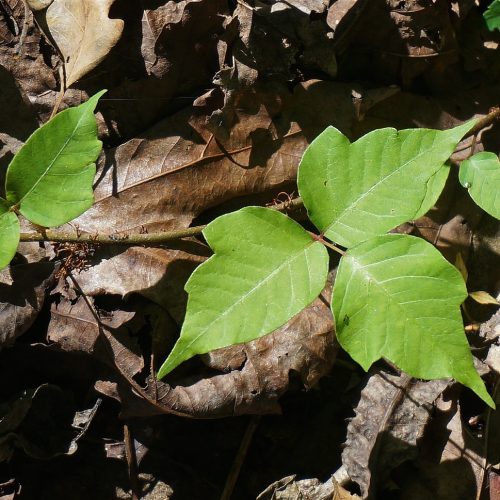
8. Lacquer.
Traditional lacquer comes from the sap of the tree Toxicodendron vernicifluum and it is full of urushiol. The tree is tapped to get the sap, which is treated and painted onto a bowl or tray or box. When the item is properly cured, the hard, glossy finish won’t have the skin-ravaging effects of fresh urushiol.

9. Other offenders.
Other urushiol-carrying members of Anacardiaceae that we come into contact with commonly are mangos, pistachios and cashews. With pistachios and cashews, the parts of the nuts containing urushiol are gone before they get to market. With mangos, the skin of the fruit contains a bit of the compound, though, and can be problematic for sensitive people.
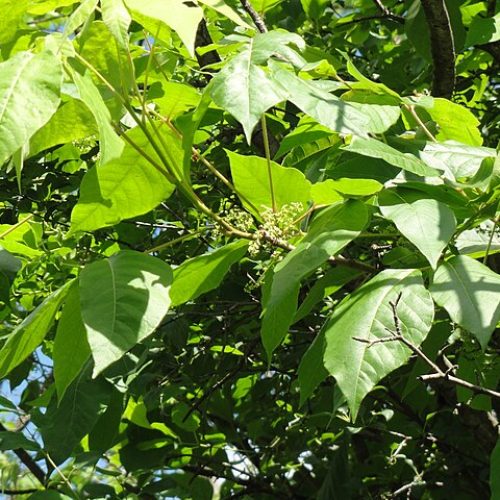
10. The worst of the worst.
One member of Anacardiaceae is the genus Comocladia, and some species of this plant have prickles that will tear up your skin and affect you with urushiol. It’s like the worst kind of thistle you can imagine. These plants grow in Mexico and Central and South America.
